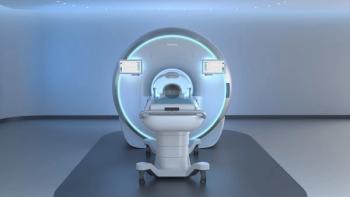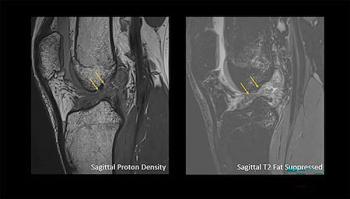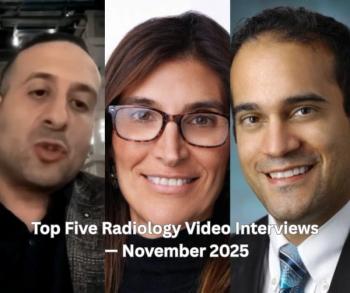
Philips boosts 7T market estimates
Buoyed by contracts from two Dutch medical centers and growing interest worldwide in its 7T program, Philips Medical Solutions upped its estimate of the potential market for such ultrahigh-field systems.
Buoyed by contracts from two Dutch medical centers and growing interest worldwide in its 7T program, Philips Medical Solutions upped its estimate of the potential market for such ultrahigh-field systems.
Jacques Coumans, Philips' vice president of global marketing for MR, expects the world imaging community can support 100 such systems, double the number Philips anticipated when deciding to develop a production line 7T system several years ago. This translates into about $700 million in sales.
Philips, Siemens, and GE are competing for this market, which is only beginning to take shape. Deliveries have begun to rise in number and will continue to grow through the end of the decade, according to Coumans.
"We see a lot of pent-up demand by institutions that have an interest in going to 7T," he told DI SCAN. "Interest in Europe is at a high. Momentum is building in North America and Asia-Pacific."
The company announced at the International Society for Magnetic Resonance in Medicine meeting in Seattle that it had landed two new contracts for its 7T scanners: one for Leiden University Medical Center, the other for the University Medical Center Utrecht. They will be the first such systems installed in the Netherlands. Research done at the two Dutch universities will address neurologic diseases such as Alzheimer's, Parkinson's, epilepsy, and multiple sclerosis.
Philips runs a clinically operational 7T MR whole-body system in its facility in Cleveland, where prospective customers can gain experience before committing to the purchase of a unit. Clinical systems are currently operating at two sites in the U.S. - Ohio State University and Vanderbilt University - as well as at the University of Nottingham in the U.K. and the Swiss Federal Institute of Technology (ETH Zurich).
Luminaries from the Zurich, OSU, and Nottingham sites described their experiences during an ISMRM luncheon sponsored by Philips. Dr. Peter Morris at Nottingham, which until recently had built its own ultrahigh-field MR systems, noted the ability of Philips Achieva 7T to work as expected soon after delivery and assembly. This is a central theme in Philips' pitch to win the wallets of research institutions considering the jump to 7T.
"The market is moving beyond Lego (build-your-own) MR systems," Coumans said. "Research institutions want to use a tool like the 7T in research to look at geriatric disease or drug development and monitoring. They don't want to tinker with the MR system. They want it to work right out of the box."
Newsletter
Stay at the forefront of radiology with the Diagnostic Imaging newsletter, delivering the latest news, clinical insights, and imaging advancements for today’s radiologists.




























